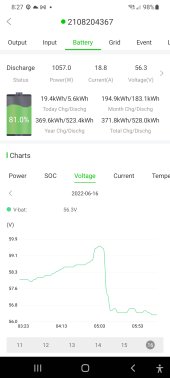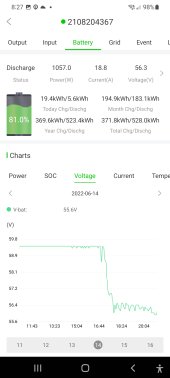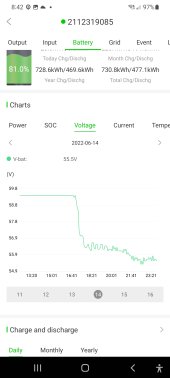3.7V chemistry does not experience resting voltage settling like LFP. If you are experiencing individual cell voltage settling, that's an indication of excessive self-discharge.
Take 20 cells. Charge them to 4.20V hold until 0A . Stop charge and set them aside as individual cells (do not let them sit in parallel). Check them in a week. The bad ones will stand out.
With LFP, the voltage settling is not correlated to energy loss. Example:
Cell 1 charged to 3.65V to 0A. Rest 30 minutes. Cell voltage might settle to 3.55V
Cell 2 charge to 3.65V to 0A. Rest 24 hours. Cell voltage might settle to 3.45V
You will not be able to measure a stored energy difference between the two on a discharge test.
LFP: Voltage settling is loss? When it gets to 0A is it actually just a smaller current draw, say 1mA, that is the voltage loss that will exist in a good cell. Just in the same way that a lead acid based battery charged to 14.2v will continue to accept power because it will rest at 12.6v. Even if charged to 12.6v a good lead acid battery will still accept power because it's not "perfectly stored power".
RE 3.7V: "The bad ones will stand out... I've seen all cells fade in voltage, some more than others.
I'm now thinking every battery chemistry has a level of power loss that takes as energy is stored, discharged and charged. They are not perfect theoretical containers of energy.
Some are more efficient at the above processes.
Some are more energy dense.
Some have better temperature resistance.
Some have better charge discharge current capability.
Some have flatter discharge curves.
Some have higher cost per unit of energy.
Some have a higher cycle count.
Most, if not all, should not be combined to form larger batteries.
What makes sense for me I used to think I knew, the more I learn the less confidant I feel.
I was thinking a mix of 14s 3.7v cells and 16s 3.6v cells.
I was thinking a mix of DIY power wall with recycled vehicle batteries. This gives me experience and is fun.
I was thinking a mix of fixed mounted power and mobile power. As the mobile power cycle count grows, replace it with new mobile power cells and recycle the replaced cells as fixed mount cells.
If I add cell voltage loss to these ideas, bad cells may become expensive from the perspective of power loss as the battery gets bigger. In other words, the amps required to maintain the charged state voltage I choose grows as the battery gets larger.
What's true above, what's not?






